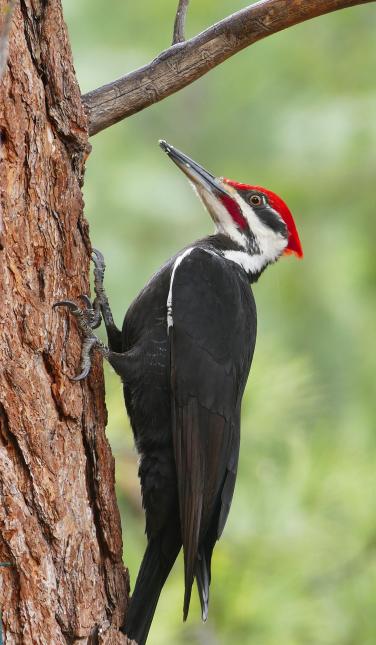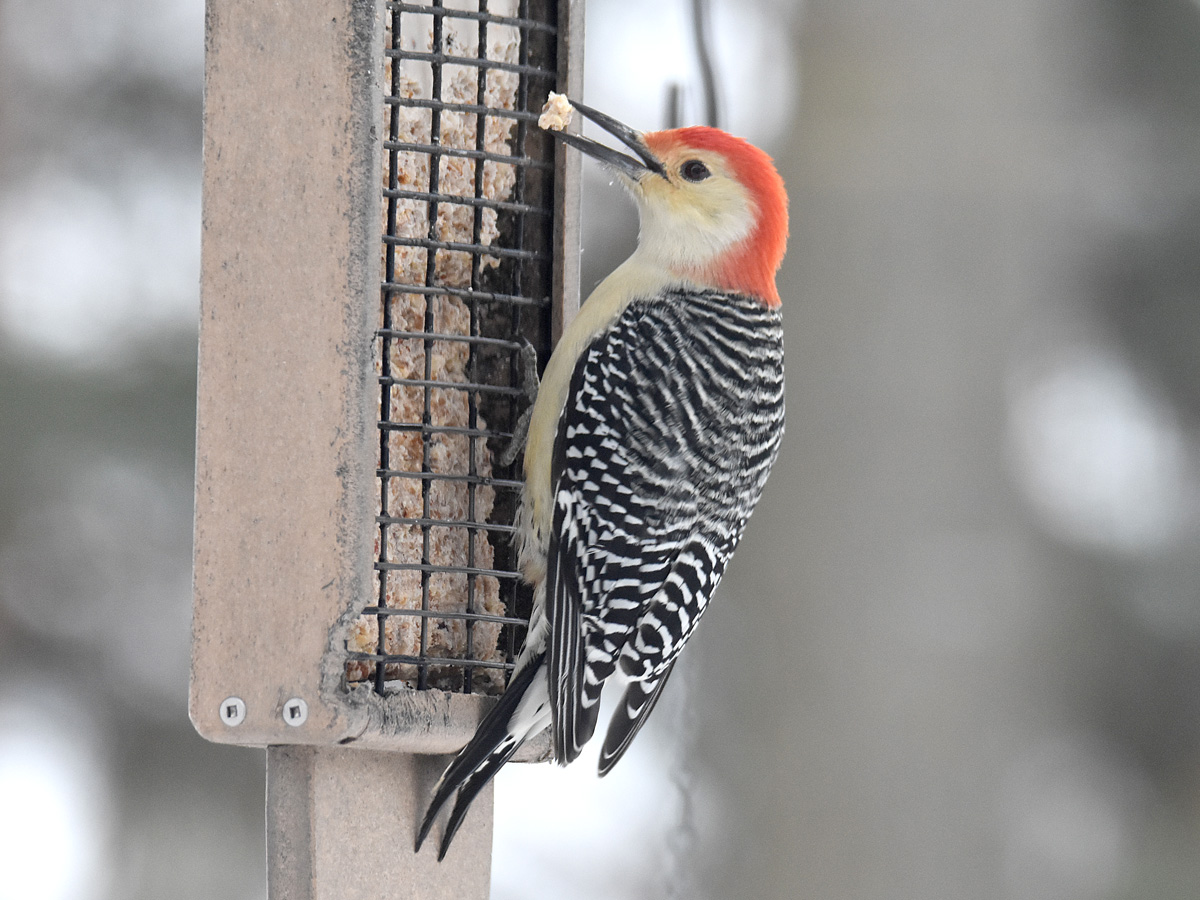Native Woodpeckers in Florida: An Overview to Variety and Behaviors
Native Woodpeckers in Florida: An Overview to Variety and Behaviors
Blog Article
Unveiling the Keys of Woodpeckers: Behavior, Habitat, and Extra
Woodpeckers, with their one-of-a-kind behaviors and specialized adaptations, have actually long captivated researchers and nature enthusiasts alike. By uncovering the enigmas surrounding woodpeckers' behavior and habitat choices, a deeper understanding of these avian marvels arises, using a glance right into their interesting world.
Woodpecker Actions Insights
In checking out woodpecker habits, an interesting screen of specialized skills and adaptations arises, shedding light on their amazing eco-friendly particular niche - Woodpeckers in Florida. Woodpeckers, recognized for their unique drumming on trees, possess a selection of behavior attributes that add to their survival and success in their atmosphere. One vital habits is their drumming, which offers several objectives such as communication, establishing territory, bring in companions, and locating food sources. This rhythmic pecking also showcases their impressive toughness and endurance, as they can hammer away continuously at broadband without causing injury to themselves.
Additionally, woodpeckers display an unique feeding behavior characterized by their ability to essence bugs from tree bark utilizing their specialized beaks. Their lengthy, barbed tongues help in catching prey, while their strong neck muscular tissues provide security and precision during pecking motions. This feeding method allows woodpeckers to access concealed insect larvae and extract them with exceptional performance.
Environment Preferences and Selection
What aspects affect the habitat choices and choice of woodpeckers? One essential factor influencing woodpecker habitat choice is the schedule of ideal nesting websites. Woodpeckers generally prefer forests with a mix of fully grown trees that provide enough chances for cavity excavation.
Furthermore, woodpeckers show a choice for environments with a plentiful supply of food resources. They are primarily insectivorous, feeding on beetles, ants, larvae, and various other pests found in decaying wood or tree bark. Therefore, woodpeckers often tend to favor woody areas with a diverse insect population to meet their dietary needs.
Additionally, the existence of dead or rotting trees is another key element in woodpecker habitat choice. These trees not only provide food sources but additionally supply appropriate substratum for tooth cavity excavation. Dead trees are necessary for the maintenance of healthy woodpecker populaces, as they play an important duty in the woodpeckers' life process and community dynamics.
Feeding Routines and Diet Regimen Make-up
Woodpeckers demonstrate a specialized feeding behavior focused on foraging for bugs within various habitats. In enhancement to pests, woodpeckers likewise take in tree sap, fruits, nuts, and seeds, including variety to their diet plan depending on the season and Visit This Link schedule of food resources.
The foraging strategies of woodpeckers are well-adapted to their arboreal way of life. Woodpeckers play a critical duty in preserving the health of forests by controlling insect populations and assisting in the decay of timber.
Drumming Appears and Interaction
Making use of rapid drumming noises on various surface areas, woodpeckers employ a distinctive type of communication to indicate region borders and bring in friends. This drumming behavior is not only a method of communication but likewise functions as a means for woodpeckers to develop their visibility within a certain area. The intensity, rate, and pattern of the drumming can share important info to other woodpeckers in the location.
Woodpeckers use drumming noises to announce their presence in an area and to alert off possible intruders. The loud and repetitive nature of the drumming functions as a clear signal to other woodpeckers that the location is currently claimed. This helps in decreasing conflicts and minimizing physical confrontations between individuals.

Survival Adaptations and Specialized Makeup

Final Thought
Finally, woodpeckers exhibit distinct habits, such as drumming audios for interaction, and have specialized makeup for survival in their selected environments. Their feeding behaviors and diet plan composition better demonstrate their versatility to various atmospheres. By understanding these aspects of woodpeckers, scientists and conservationists can better secure and preserve these interesting birds and their environments.
Report this page